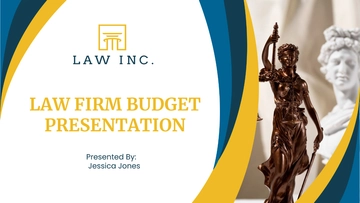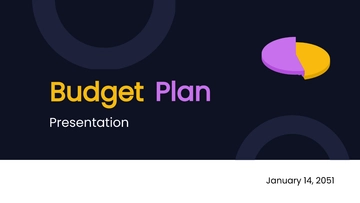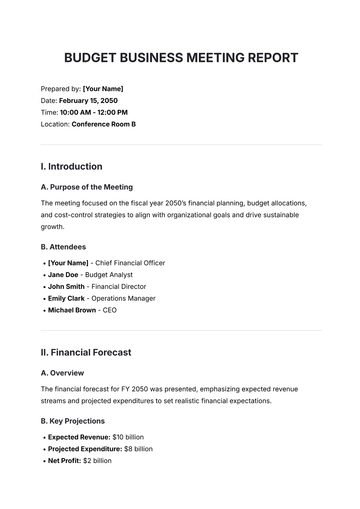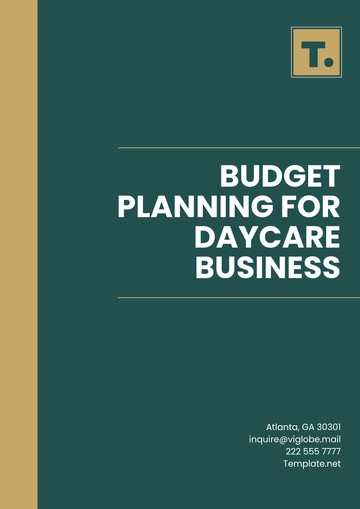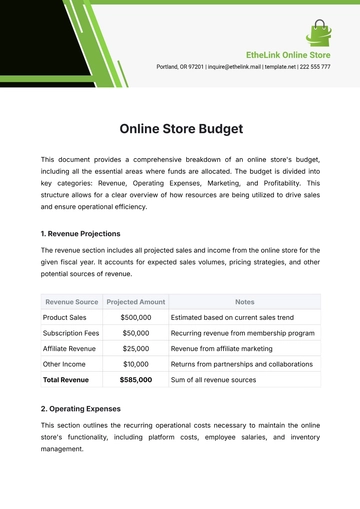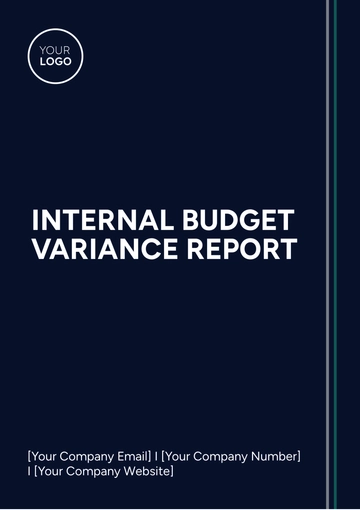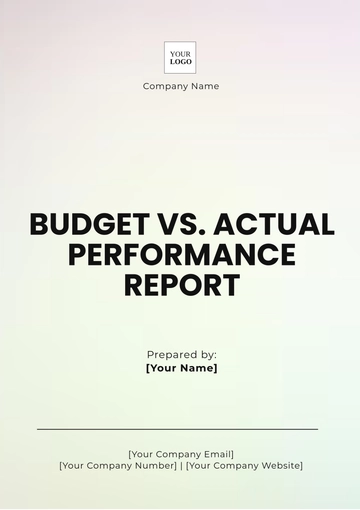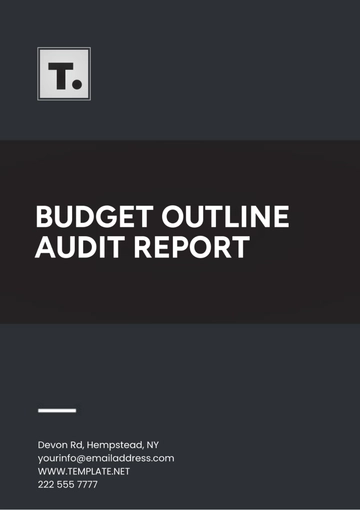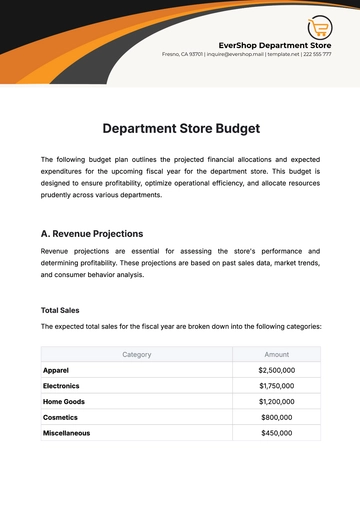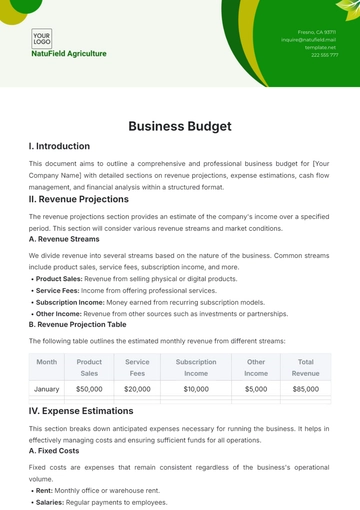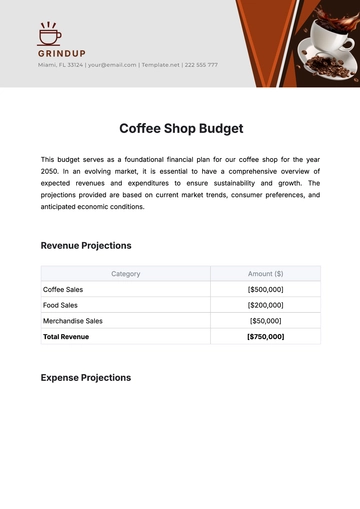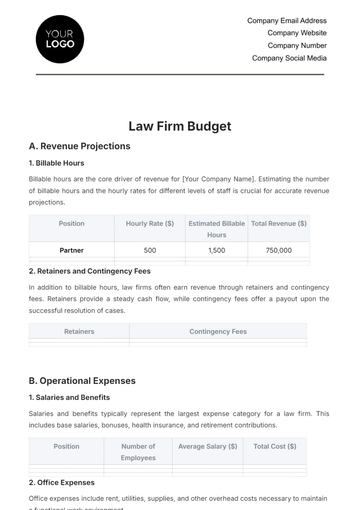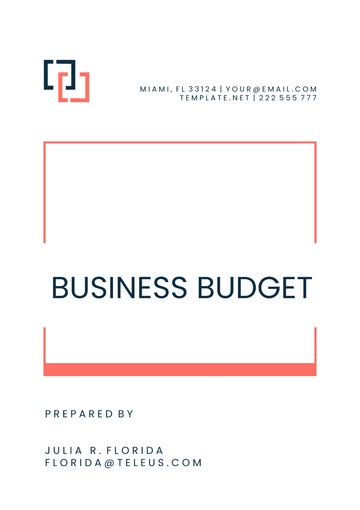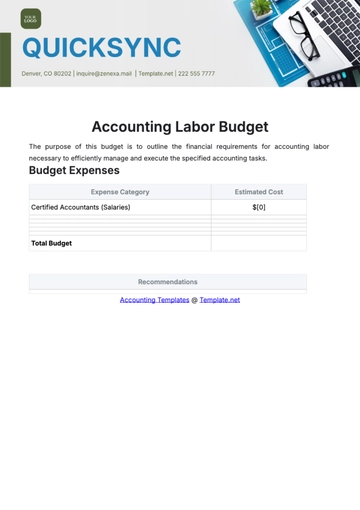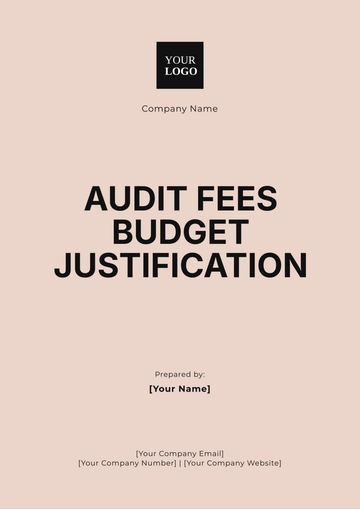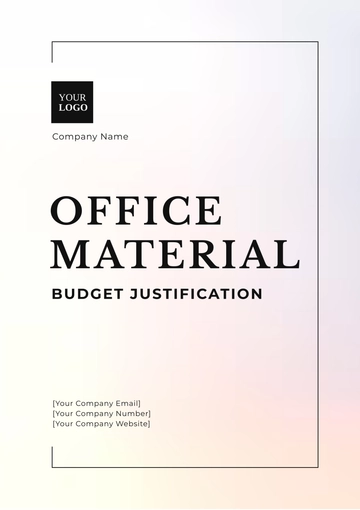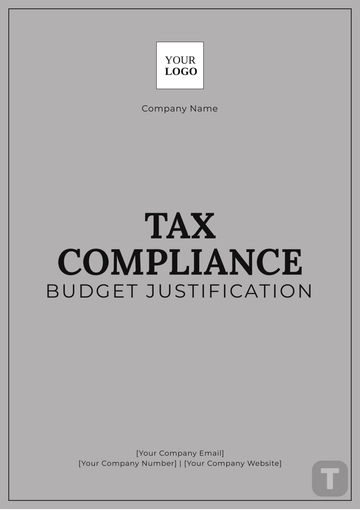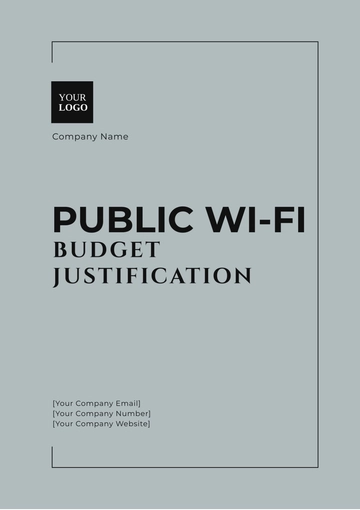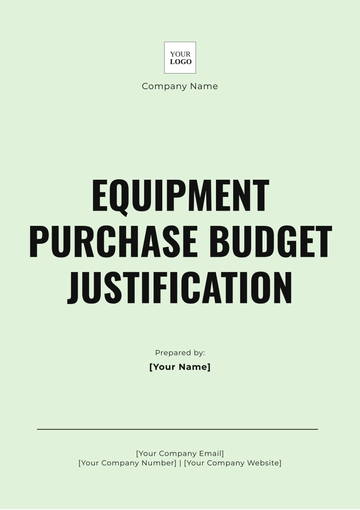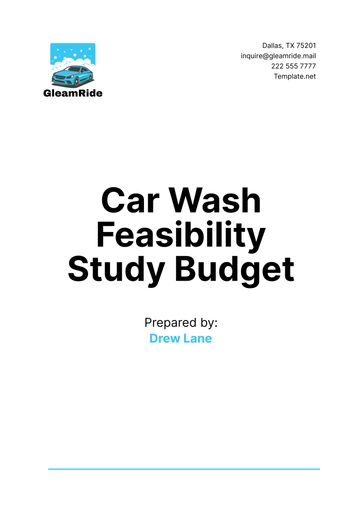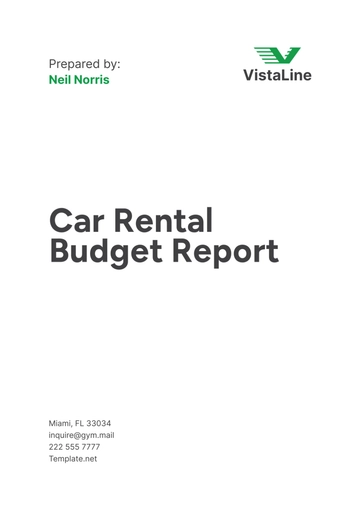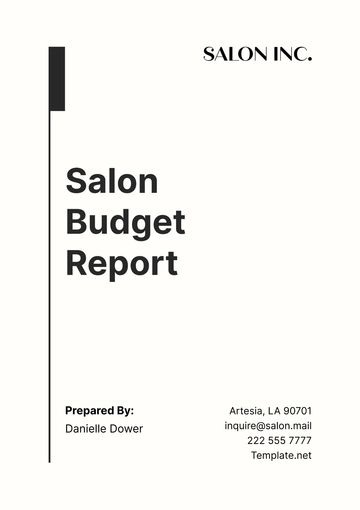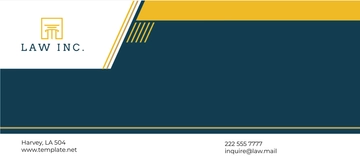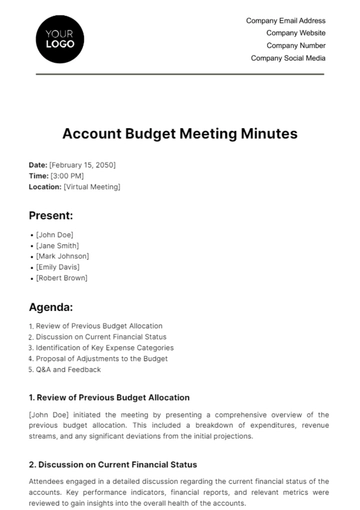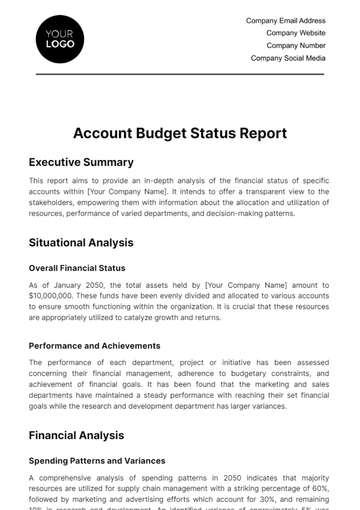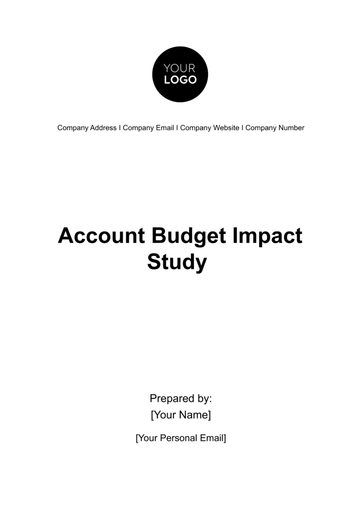Free Car Wash Feasibility Study Budget

1. Executive Summary
[Your Company Name] plans to establish a premier car wash facility in [City, State], offering high-quality and eco-friendly car wash services. This feasibility study budget aims to outline the financial requirements for setting up and operating the car wash. It covers initial startup costs, ongoing operating expenses, projected revenue, and profitability analysis. The goal is to ensure that the proposed car wash can achieve financial sustainability and profitability while meeting customer needs and environmental standards.
1.1 Business Objectives
Achieve Monthly Revenue of $50,000 Within the First Year
One of the primary business objectives for [Your Company Name] is to reach a monthly revenue of $50,000 within the first year of operations. This target is ambitious yet achievable with a well-structured marketing strategy, superior service quality, and effective customer retention programs. The initial phase will involve intensive promotional activities to create awareness and attract customers. Offering discounts, loyalty programs, and package deals will play a crucial role in driving sales and achieving this revenue goal. Additionally, focusing on high-traffic locations, leveraging online booking systems, and providing exceptional customer service will help in building a steady stream of customers.
Build a Loyal Customer Base of 1,000 Recurring Clients by the End of the First Year
Building a loyal customer base is critical for the sustainability and growth of [Your Company Name]. The aim is to secure 1,000 recurring clients by the end of the first year. This will be achieved through the implementation of customer loyalty programs, membership plans, and personalized services that encourage repeat visits. Offering incentives such as discounts on regular washes, free services after a certain number of visits, and exclusive deals for members can significantly enhance customer retention. Moreover, maintaining high service standards and ensuring customer satisfaction will foster positive word-of-mouth referrals, further expanding the client base.
Implement Eco-Friendly Car Wash Techniques to Reduce Water Usage by 40%
Sustainability is a core value for [Your Company Name], and a major objective is to implement eco-friendly car wash techniques that reduce water usage by 40%. This will involve investing in advanced water recycling systems that filter and reuse water during the washing process. Additionally, using biodegradable and non-toxic cleaning agents will minimize environmental impact. Employee training on best practices for water conservation and efficient use of resources will further contribute to achieving this goal. By promoting these eco-friendly practices, [Your Company Name] can attract environmentally conscious customers and differentiate itself from competitors.
1.2 Financial Objectives
Generate Annual Revenue of $600,000 by the Second Year
Achieving an annual revenue of $600,000 by the second year is a key financial objective for [Your Company Name]. This goal is based on projected growth in customer base and service demand. To reach this target, the business will focus on expanding its service offerings, enhancing marketing efforts, and optimizing operations to handle increased volume efficiently. The introduction of high-margin services such as detailing and ceramic coating, along with upselling additional services to existing customers, will contribute to revenue growth. Strategic partnerships with local businesses and fleet services can also provide a steady source of income.
Maintain a Gross Profit Margin of at Least 60%
Maintaining a gross profit margin of at least 60% is essential for the financial health of [Your Company Name]. This will be achieved through efficient cost management, strategic pricing, and high service quality. Reducing operational costs by investing in energy-efficient equipment, negotiating better terms with suppliers, and minimizing waste will help maintain healthy profit margins. Additionally, offering premium services at higher price points and ensuring consistent quality will justify the pricing and contribute to maintaining the desired profit margin.
Achieve a Break-Even Point Within the First Six Months of Operations
Reaching the break-even point within the first six months of operations is a critical financial milestone for [Your Company Name]. This will involve generating sufficient revenue to cover all fixed and variable costs. A robust marketing strategy, combined with high service demand, will be crucial in achieving this objective. Initial promotions, effective cost control measures, and optimizing the service process to increase customer throughput will ensure that the business covers its costs quickly. Achieving break-even early will provide the financial stability needed to reinvest in the business and drive future growth.
By setting and working towards these detailed business and financial objectives, [Your Company Name] aims to establish a strong foundation for sustainable growth and long-term success in the competitive car wash industry.
2. Initial Startup Costs
The startup costs for [Your Company Name] include expenses related to facility setup, equipment purchase, marketing, and working capital. This section provides a detailed breakdown of these costs.
2.1 Facility Lease and Renovation
Securing a suitable location and preparing it for operations are crucial first steps. This includes leasing costs and any necessary renovations to accommodate the car wash equipment and customer facilities.
Expense Category | Cost ($) |
|---|---|
Facility Lease (12 months) | 60,000 |
Renovation and Setup | 100,000 |
Total | 160,000 |
2.2 Equipment Purchase
Investing in high-quality equipment is essential for providing top-notch car wash services. This includes washing machines, water recycling systems, and other necessary tools.
Equipment | Cost ($) |
|---|---|
Automatic Car Wash System | 100,000 |
Water Recycling System | 30,000 |
High-Pressure Washers | 20,000 |
Detailing Equipment | 10,000 |
Payment Systems | 5,000 |
Total | 165,000 |
2.3 Initial Inventory
Stocking up on essential supplies and materials for daily operations is vital. This includes cleaning agents, waxes, and other consumables.
Inventory Item | Cost ($) |
|---|---|
Cleaning Agents | 5,000 |
Waxes and Polishes | 3,000 |
Towels and Sponges | 2,000 |
Miscellaneous Supplies | 2,000 |
Total | 12,000 |
2.4 Marketing and Advertising
Effective marketing and advertising campaigns are necessary to attract customers to the new car wash facility. This includes online marketing, local advertising, and promotional events.
Marketing Activity | Cost ($) |
|---|---|
Online Marketing Campaigns | 10,000 |
Local Advertising | 5,000 |
Grand Opening Event | 3,000 |
Total | 18,000 |
2.5 Working Capital
Working capital is required to cover initial operating expenses until the car wash starts generating sufficient revenue. This includes salaries, utilities, and other ongoing costs.
Expense Category | Cost ($) |
|---|---|
Salaries (3 months) | 45,000 |
Utilities (3 months) | 6,000 |
Miscellaneous Expenses | 4,000 |
Total | 55,000 |
2.6 Total Startup Costs
The total startup costs for [Your Company Name] are summarized below.
Expense Category | Cost ($) |
|---|---|
Facility Lease and Renovation | 160,000 |
Equipment Purchase | 165,000 |
Initial Inventory | 12,000 |
Marketing and Advertising | 18,000 |
Working Capital | 55,000 |
Total Startup Costs | 410,000 |
3. Ongoing Operating Expenses
This section outlines the monthly and annual operating expenses required to run the car wash facility efficiently. These expenses include salaries, utilities, maintenance, and other operational costs.
3.1 Salaries and Wages
Paying competitive salaries to attract and retain skilled employees is essential for maintaining high service standards.
Position | Monthly Salary ($) | Number of Employees | Total Monthly Cost ($) | Annual Cost ($) |
|---|---|---|---|---|
Manager | 5,000 | 1 | 5,000 | 60,000 |
Technicians | 3,000 | 6 | 18,000 | 216,000 |
Customer Service Representatives | 2,500 | 4 | 10,000 | 120,000 |
Total Salaries and Wages | 33,000 | 396,000 |
3.2 Utilities and Maintenance
Regular maintenance and utilities are crucial for smooth operations and customer satisfaction.
Expense Category | Monthly Cost ($) | Annual Cost ($) |
|---|---|---|
Utilities (Water, Electricity) | 2,000 | 24,000 |
Maintenance and Repairs | 1,500 | 18,000 |
Cleaning Supplies | 1,000 | 12,000 |
Total Utilities and Maintenance | 54,000 |
3.3 Marketing and Advertising
Ongoing marketing efforts are necessary to retain existing customers and attract new ones.
Marketing Activity | Monthly Cost ($) | Annual Cost ($) |
|---|---|---|
Online Marketing Campaigns | 2,000 | 24,000 |
Local Advertising | 1,000 | 12,000 |
Promotions and Discounts | 500 | 6,000 |
Total Marketing and Advertising | 42,000 |
3.4 Miscellaneous Expenses
Miscellaneous expenses cover various operational costs that do not fall into the above categories.
Expense Category | Monthly Cost ($) | Annual Cost ($) |
|---|---|---|
Office Supplies | 500 | 6,000 |
Insurance | 1,000 | 12,000 |
Miscellaneous Expenses | 500 | 6,000 |
Total Miscellaneous Expenses | 24,000 |
3.5 Total Operating Expenses
The total operating expenses for [Your Company Name] are summarized below.
Expense Category | Monthly Cost ($) | Annual Cost ($) |
|---|---|---|
Salaries and Wages | 33,000 | 396,000 |
Utilities and Maintenance | 4,500 | 54,000 |
Marketing and Advertising | 3,500 | 42,000 |
Miscellaneous Expenses | 2,000 | 24,000 |
Total Operating Expenses | 43,000 | 516,000 |
4. Revenue Projections
Revenue projections are based on expected customer volume and service pricing. This section provides a detailed breakdown of projected revenue for the first three years of operation.
4.1 Monthly Revenue Projections
The following table outlines the projected monthly revenue from various services offered by [Your Company Name].
Service | Price ($) | Customers/Month | Monthly Revenue ($) |
|---|---|---|---|
Basic Car Wash | 10 | 2,000 | 20,000 |
Full-Service Car Wash | 25 | 800 | 20,000 |
Detailing Services | 50 | 200 | 10,000 |
Membership Programs | 30/month | 500 | 15,000 |
Additional Services | 5,000 | ||
Total Monthly Revenue | 70,000 |
4.2 Annual Revenue Projections
The following table outlines the projected annual revenue from various services offered by [Your Company Name].
Service | Annual Revenue ($) |
|---|---|
Basic Car Wash | 240,000 |
Full-Service Car Wash | 240,000 |
Detailing Services | 120,000 |
Membership Programs | 180,000 |
Additional Services | 60,000 |
Total Annual Revenue | 840,000 |
4.3 Revenue Growth Projections
Projected revenue growth over the first three years of operation is outlined below.
Year | Revenue ($) | Growth Rate (%) |
|---|---|---|
2050 | 600,000 | |
2051 | 720,000 | 20 |
2052 | 864,000 | 20 |
5. Profitability Analysis
This section provides an analysis of the projected profitability of [Your Company Name]. It includes gross profit, operating profit, and net profit calculations.
5.1 Gross Profit
Gross profit is calculated by subtracting the cost of goods sold (COGS) from total revenue.
Year | Revenue ($) | COGS ($) | Gross Profit ($) | Gross Profit Margin (%) |
|---|---|---|---|---|
2050 | 600,000 | 204,000 | 396,000 | 66 |
2051 | 720,000 | 244,800 | 475,200 | 66 |
2052 | 864,000 | 293,760 | 570,240 | 66 |
5.2 Operating Profit
Operating profit is calculated by subtracting operating expenses from gross profit.
Year | Gross Profit ($) | Operating Expenses ($) | Operating Profit ($) | Operating Profit Margin (%) |
|---|---|---|---|---|
2050 | 396,000 | 516,000 | -120,000 | -20 |
2051 | 475,200 | 516,000 | -40,800 | -5.7 |
2052 | 570,240 | 516,000 | 54,240 | 6.3 |
5.3 Net Profit
Net profit is the final profit after all expenses have been deducted from total revenue.
Year | Operating Profit ($) | Taxes ($) | Net Profit ($) | Net Profit Margin (%) |
|---|---|---|---|---|
2050 | -120,000 | 0 | -120,000 | -20 |
2051 | -40,800 | 0 | -40,800 | -5.7 |
2052 | 54,240 | 10,848 | 43,392 | 5 |
6. Break-Even Analysis
The break-even analysis determines the point at which [Your Company Name] will cover all its costs and begin generating a profit.
6.1 Break-Even Point Calculation
The break-even point is calculated by dividing the total fixed costs by the contribution margin ratio.
Expense Category | Monthly Cost ($) | Annual Cost ($) |
|---|---|---|
Fixed Costs (Rent, Salaries) | 38,000 | 456,000 |
Variable Costs (COGS) | 17,000 | 204,000 |
Total Costs | 55,000 | 660,000 |
Contribution Margin (%) | 66 | |
Break-Even Point (Monthly $) | 57,576 | |
Break-Even Point (Annual $) | 690,912 |
7. Cash Flow Analysis
This section provides a detailed analysis of cash flow from operations, investing, and financing activities.
7.1 Cash Flow from Operations
Year | Net Profit ($) | Depreciation ($) | Change in Working Capital ($) | Cash Flow from Operations ($) |
|---|---|---|---|---|
2050 | -120,000 | 20,000 | -10,000 | -110,000 |
2051 | -40,800 | 20,000 | -15,000 | -35,800 |
2052 | 43,392 | 20,000 | -20,000 | 43,392 |
7.2 Cash Flow from Investing
Year | Capital Expenditures ($) | Cash Flow from Investing ($) |
|---|---|---|
2050 | -165,000 | -165,000 |
2051 | -20,000 | -20,000 |
2052 | -20,000 | -20,000 |
7.3 Cash Flow from Financing
Year | Equity Financing ($) | Debt Financing ($) | Interest Payments ($) | Cash Flow from Financing ($) |
|---|---|---|---|---|
2050 | 200,000 | 200,000 | -10,000 | 390,000 |
2051 | 0 | 0 | -15,000 | -15,000 |
2052 | 0 | 0 | -20,000 | -20,000 |
7.4 Net Cash Flow
Year | Cash Flow from Operations ($) | Cash Flow from Investing ($) | Cash Flow from Financing ($) | Net Cash Flow ($) |
|---|---|---|---|---|
2050 | -110,000 | -165,000 | 390,000 | 115,000 |
2051 | -35,800 | -20,000 | -15,000 | -70,800 |
2052 | 43,392 | -20,000 | -20,000 | 3,392 |
8. Risk Analysis
Identifying potential risks is crucial for ensuring the success and sustainability of [Your Company Name]. Key risks include:
Weather Dependency: Adverse weather conditions can lead to decreased customer turnout and revenue fluctuations.
Economic Fluctuations: Economic downturns can reduce consumer spending on non-essential services like car washes.
Competition: The presence of established competitors and new entrants in the market can pose a significant challenge.
Regulatory Changes: Changes in environmental regulations and industry standards can impact operations and increase costs.
Technological Disruptions: Rapid advancements in technology can render existing equipment and practices obsolete.
8.1 Mitigation Strategies
Weather Dependency: Implement marketing strategies and promotions during off-peak seasons and bad weather periods. Offering indoor detailing services and discounted rates can help maintain customer interest.
Economic Fluctuations: Diversify service offerings to include more affordable options and packages to attract cost-conscious customers during economic downturns. Implement loyalty programs and membership plans to ensure a steady revenue stream.
Competition: Differentiate through superior customer service, eco-friendly practices, and advanced technology. Build strong customer relationships and maintain high service quality to establish a loyal customer base.
Regulatory Changes: Stay updated on regulatory changes and invest in necessary upgrades to comply with new standards. Develop contingency plans to address potential regulatory impacts.
Technological Disruptions: Continuously invest in advanced technology and stay abreast of industry trends. Allocate resources for research and development to remain competitive and innovative.
9. Conclusion
This comprehensive feasibility study budget demonstrates the financial viability of establishing a state-of-the-art car wash facility in [City, State]. By carefully managing startup costs, operating expenses, and revenue projections, [Your Company Name] can achieve profitability and sustainable growth. The detailed financial analysis and risk mitigation strategies provided in this study ensure that the proposed car wash can successfully meet customer needs and environmental standards.
For further information, please contact:
[Your Name]
[Your Position]
[Your Company Name]
[Your Company Email]
[Your Company Address]
[Your Company Number]
[Your Company Website]
- 100% Customizable, free editor
- Access 1 Million+ Templates, photo’s & graphics
- Download or share as a template
- Click and replace photos, graphics, text, backgrounds
- Resize, crop, AI write & more
- Access advanced editor
Streamline your financial planning with Template.net’s Car Wash Feasibility Study Budget Template. This template, editable and customizable with our AI editor tool, provides a clear framework to estimate the costs and revenues associated with starting or expanding a car wash, ensuring you have a solid financial understanding before making crucial investment decisions. Perfect for meticulous budgeting and forecasting.
You may also like
- Budget Sheet
- Personal Budget
- Non Profit Budget
- Monthly Budget
- Project Budget
- HR Budget
- Company Budget
- Home Budget
- Weekly Budget
- College Budget
- Business Budget
- Construction Budget
- Small Business Budget
- Hotel Budget
- Annual Budget
- Home Renovation Budget
- Household Budget
- Student Budget
- Grocery Budget
- Marketing Budget
- Corporate Budget
- Startup Budget
- Manufacturing Budget
- Church Budget
- University Budget
- Annual Budget Plan
- Event Budget
- Operating Budget
- Travel Budget
- Food Budget
- IT and Software Budget
- School Budget
- Real Estate Budget
- Sales Budget
- Conference Budget
- Budget Finance
- Freelancer Budget
- Budget Advertising


